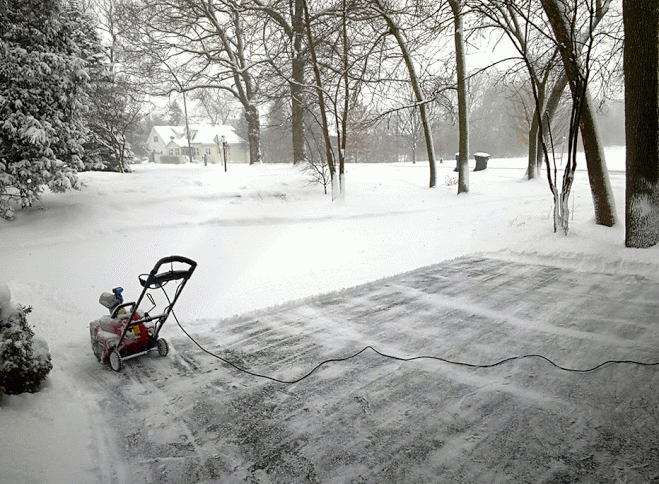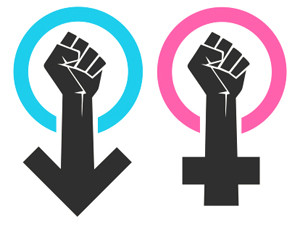
It’s been almost two months. That’s how long I’ve been living in the future this latest time. My Google Glass arrived in December, and I’ve been playing with it in fits and starts since then, in part because winter in Chicago isn’t the best time to fully test it. At least, not this winter, when it’s been so cold that ALA HQ had to close for four days because the temperature—not including the wind chill, mind you—was -20°.
And let’s face it: There are only so many pictures one can take of all of the snow we’ve been getting.
I took Glass out for my first semi-public foray at a Christmas Eve party, where I experienced how much fun it is to watch other people play with it. There were around 30 people at the party, and several folks wanted to play with it, including the 93-year-old great-grandmother. From the teenagers to the seniors, everyone’s first reaction was a variation of “cool” or “wow.”
That was a fun night, but I still couldn’t bring myself to wear them in public. It was another month before I worked up the courage to do it. I wore them on my bus and train commute to the office and during a couple of meetings at work. My intent was to become comfortable enough to wear them around the ALA Midwinter Meeting in Philadelphia and around the city itself. An ambitious goal, considering I still felt too funny to wear them around my neighborhood.
My first goal was to document my trip from the Philadelphia airport to my hotel and on to the convention center, and then post the video to help attendees orient themselves as they arrived. But walking through an airport isn’t as exciting as it might sound, and a couple of friends and I got a little lost finding the taxi line, so that didn’t work out so well.
Once I got to the hotel, though, I was determined to immerse myself in all Glass, all the time. I wore it to the convention center, where one of the workers stopped me to ask about it, so I let him play with it. I wore it to dinner, using the “get directions” feature to navigate our way to the restaurant. And it was only after dinner that I realized I still hadn’t mastered the “wink to take a picture” function; Glass had taken images of my walls that only barely included the head of a friend.
At first I had to force myself to wear Glass around the convention center, because it can feel ostentatious—like a neon sign flashing “1%” (the price tag is $1,500) and “Really Geeky Person.” But then an interesting thing happened: I started to realize I was much more comfortable wearing Glass in front of strangers than around friends and neighbors. Walking around Philadelphia, I didn’t care if the person I just passed on the street mentally called me a “Glasshole” (the most common derogatory term for people who wear Glass).
This was a revelation. I’ve been an early technology adopter for the past 25 years, and this is the first time I’ve ever felt uncomfortable using a piece of technology in public or in front of others. Heck, in the late 1990s I even talked a guy at RadioShack into giving me a box of CueCats to give out to librarians to play with.
But this…this is different. In fact, it illustrated to me one of the major benefits of trying Glass during a cold Chicago winter—I can pull my jacket hood over my head to help hide Glass.
Overall, my experiment to force myself to become more comfortable wearing Glass in public worked, and I’m now willing to wear it whenever I need or want to. The irony is that I don’t find myself needing to wear it a lot yet, other than to keep experimenting with it. It’s very much a beta product, a prototype. But it very clearly illustrates a major step forward with wearable technology, particularly for augmented reality.
That’s what really excites me about playing with Glass; I can see the future taking shape. Instead of creating a simulated reality à la Star Trek’s Holodeck, Glass keeps you in the reality of the moment, and that has implications for libraries.
I’m looking forward to exploring those implications. Especially in public.
JENNY LEVINE is ALA strategy guide. She blogs at the Shifted Librarian.


